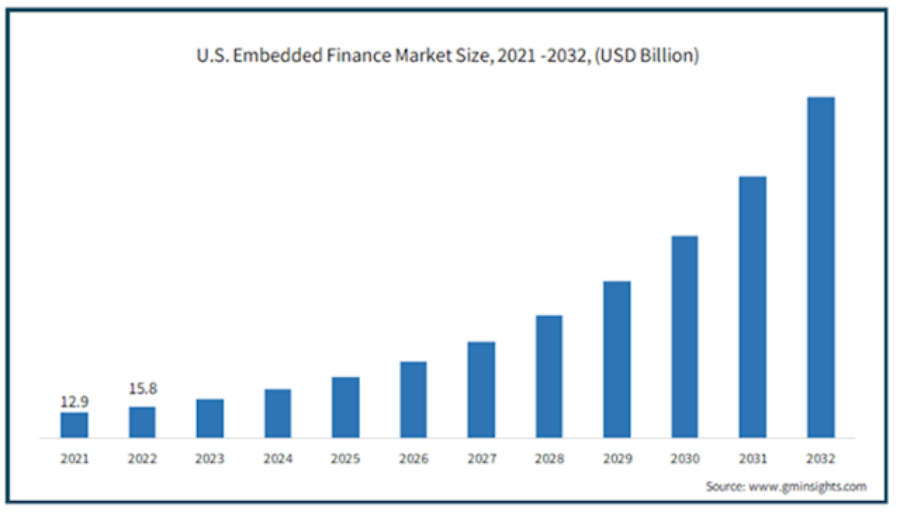
In the fast-evolving landscape of technology, machine learning has emerged as a transformative force, powering a wide range of applications across various industries.
As machine learning continues to gain momentum, it’s essential to understand how it’s being accelerated in the cloud era. In this article, we’ll delve into the dynamics of machine learning acceleration in the cloud, discussing the driving factors, challenges, and the exciting possibilities it brings.
Machine Learning in the Cloud
The Convergence of Machine Learning and Cloud Computing
The cloud era has revolutionized the way businesses approach machine learning. Cloud computing platforms offer scalable infrastructure, making it easier for organizations to leverage machine learning technology.
This convergence of machine learning and the cloud has opened up new avenues for innovation and accessibility.
Advantages of Machine Learning in the Cloud
Scalability
One of the most significant advantages of utilizing machine learning in the cloud is the unparalleled scalability it offers. Cloud platforms provide organizations with the ability to scale their machine-learning workloads effortlessly.
This means that as their computational needs fluctuate, they can seamlessly adjust their resources without the need for substantial upfront investments. This flexibility is invaluable in an environment where data volumes, user demands, and business requirements constantly evolve.
Whether accommodating a sudden surge in data processing needs or scaling down during quieter periods, the cloud’s elasticity ensures that organizations can adapt to these fluctuations efficiently.
It simplifies optimizing computational resources, eliminating the challenges and costs of maintaining fixed, on-premises infrastructure.
Accessibility
Cloud platforms have revolutionized the accessibility of machine learning tools and resources. They provide organizations, regardless of size or budget, easy access to a wide array of machine-learning capabilities.
This accessibility democratizes machine learning, making it available to a broader audience. Previously, only large enterprises with significant IT resources could afford to invest in machine learning infrastructure.
Now, even smaller businesses and startups can harness the power of machine learning technology without the burden of heavy capital expenditures. With a few clicks, users can provision virtual machines, storage, and access pre-configured machine learning environments.
This accessibility fosters innovation and empowers organizations to leverage the latest advancements in machine learning, putting them on a level playing field with their larger counterparts.
Cost-Efficiency
Another compelling advantage of adopting machine learning in the cloud is its cost-efficiency. Traditional, on-premises infrastructure often incurs substantial expenses in terms of hardware procurement, maintenance, and operational overhead.
By transitioning to the cloud, businesses can divert these financial resources more effectively, allocating them to other critical areas of their operations. The cloud’s pay-as-you-go model allows organizations to pay only for their help, eliminating the need for significant upfront investments.
Moreover, cloud providers often offer cost-optimization tools and features that help users monitor and control their expenses. This ability to manage costs more efficiently allows organizations to make the most of their budgets, ultimately driving more excellent value from their machine learning initiatives.
It’s a practical and strategic approach that maximizes the return on investment in machine learning endeavors.
Acceleration Technologies
GPUs and TPUs
Graphics Processing Units (GPUs) and Tensor Processing Units (TPUs) are game-changers in machine learning acceleration. These specialized hardware components are designed to perform complex mathematical computations at high speeds.
They have become essential in training deep neural networks and have significantly reduced training times.
Distributed Computing
Distributed computing frameworks like Apache Spark and TensorFlow Distributed are crucial for accelerating machine learning in the cloud. They distribute workloads across multiple devices, reducing training time and improving model performance.
Challenges in Machine Learning Acceleration
Data Privacy and Security
As machine learning accelerates in the cloud, the need for robust data privacy and security measures becomes more critical. Protecting sensitive data from potential breaches and unauthorized access is a paramount concern.
Latency and Bandwidth
Latency and bandwidth limitations can hinder the real-time processing of machine learning workloads in the cloud. Overcoming these challenges requires optimized network configurations and edge computing solutions.
Cost Management
While cloud computing offers cost efficiency, it’s vital to manage expenses effectively. Without proper monitoring and cost control, machine learning projects can become unexpectedly expensive.
Exciting Possibilities
Real-time Personalization
Machine learning in the cloud enables real-time personalization in various applications. E-commerce platforms can tailor product recommendations while streaming services can provide personalized content recommendations instantly.
Healthcare Breakthroughs
Machine learning in healthcare is accelerating the pace of medical research and diagnostics. In the cloud era, researchers and medical professionals can collaborate more efficiently, leading to faster breakthroughs in healthcare.
Autonomous Systems
From self-driving cars to automated manufacturing processes, machine learning in the cloud drives the development of autonomous systems. These technologies have the potential to reshape entire industries.
Conclusion
Machine learning acceleration in the cloud era is a dynamic and transformative force. By embracing the cloud’s scalability and acceleration technologies, businesses can harness the power of machine learning for innovation and growth.
However, they must also address challenges related to data security, latency, and cost management to realize the potential of this exciting era fully.
With the right strategies and tools in place, the possibilities for machine learning in the cloud are virtually limitless, making it a driving force in the future of technology and industry.






